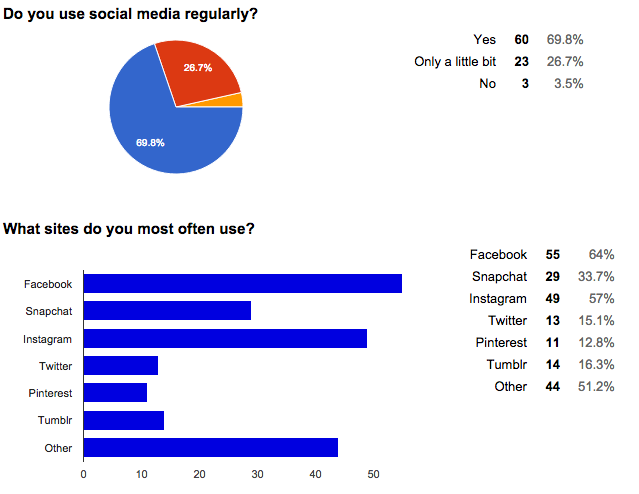Last month I had the opportunity to attend and present at the EARCOS Teachers Conference in Kota Kinabalu. It was the first non-tech focused conference I’ve been to in a while, and it brought up a topic that previously hadn’t been much on my radar: libraries. I’ve always been a fan of libraries: my mother is a librarian, and I love their mission of freely giving away knowledge and education to any who wish it.
However, like many people I associated libraries with physical books, or perhaps a place to get on the internet if you don’t have a computer. In a 1:1 school environment like UNIS Hanoi, neither of those roles seemed particularly critical for middle and high school students. Yes, they still need to read books, but the idea of checking out 5-7 books on a subject to do a research paper are just ramblings of old-people, as far as most students today are concerned. It’s the equivalent of when my mother would tell me how she had to type her papers on the type-writer a week before it was due so she could edit and re-type it. Quaint.

At EARCOS, however, I heard presentations from both Doug Johnson, influential librarian and tech director of Burnsville-Eagan-Savage school district in Minnesota, and Ron Starker, the MS Librarian at Singapore American School. Mr. Johnson introduced to me the notion of a 3rd space. If our 1st space is home, and 2nd space is work/school, most people find it beneficial to have a 3rd space where we can think, collaborate, create, read, explore, play, etc. The classic example is the Cheers Bar, but it varies for different people and can be a coffee shop, living room, restaurant, gym, park, workshop, etc. Mr. Johnson argued that libraries can and should fill this need for students.
When I went to the Singapore American School presentation, I saw an example of this in action. Mr. Starker had designed the library with inspiration from Howard Gardiner’s theory of multiple intelligences. They had a quiet side (introspective intelligence), collaborative side (social intelligence), a ‘Top 10 Den’ for reading (literary intelligence), a room of plants and natural light with their science books (naturalistic intelligence), a music studio (musical intelligence), a recording studio (visual intelligence), a maker space (technical intelligence), and more.
Between the two, I felt deeply inspired. I tried to synthesize my own ideas on the subject, and created a presentation with in collaboration with our MSHS librarian, Debby Wells-Clinton. In it, we argued that not only the role of libraries should change, but even the term ‘library’. The root of the word library is from the Latin librarium, which means a “chest of books”. Debby and I feel strongly that this is no longer the central organizing principle of these spaces, and that terms like ‘Learning Commons’, ‘Learning Hub’, or ‘iCommons’ are more accurate.
Debby and I gave our presentation to the Hanoi Ed Tech group, a monthly meeting of teachers and techies. In the discussion that followed, we talked about the ways in which a Learning Hub is different from a traditional classroom. Probably the most important difference is that in both libraries and learning hubs students have a high degree of autonomy to pursue their learning. Whether it is through an informal study group, a quiet corner to read, or tinkering with robotics, students set their own agenda and schedule.
Similar to recent trends in blended learning, gamification, and problem based learning, the notion of a Learning Hub focuses on creating a student-centered learning environment (rather than one that is class or teacher centered). Yet what if we were to take it a step further. Instead of the Learning Hub being a space where students can relax and learn on their own outside of the classroom, what if the entire school was a Learning Hub?
This sort of thinking about education is progressive, but it isn’t knew. From Dewey to Montessori to Papert, educators have been trying to articulate what this sort of learning environment could look like for over a hundred years. The question is whether technology will be able to bring together the best of both worlds: high quality content that is crafted and scaffolded for students who are mentored by teachers; learning that is given meaning in a variety of project and problem based contexts.


One thought on “Shifting the focus to the students”
Having spent some consistent time working in a library at ISB before I came to YIS, this is exactly the kind of space we were creating (and I think ISB is definitely still moving forward along those lines). I love the idea of the library being the 3rd space for kids – and when you have the amount of space SAS has, they are in good shape! How do you see that space overlapping with your role? Does it?